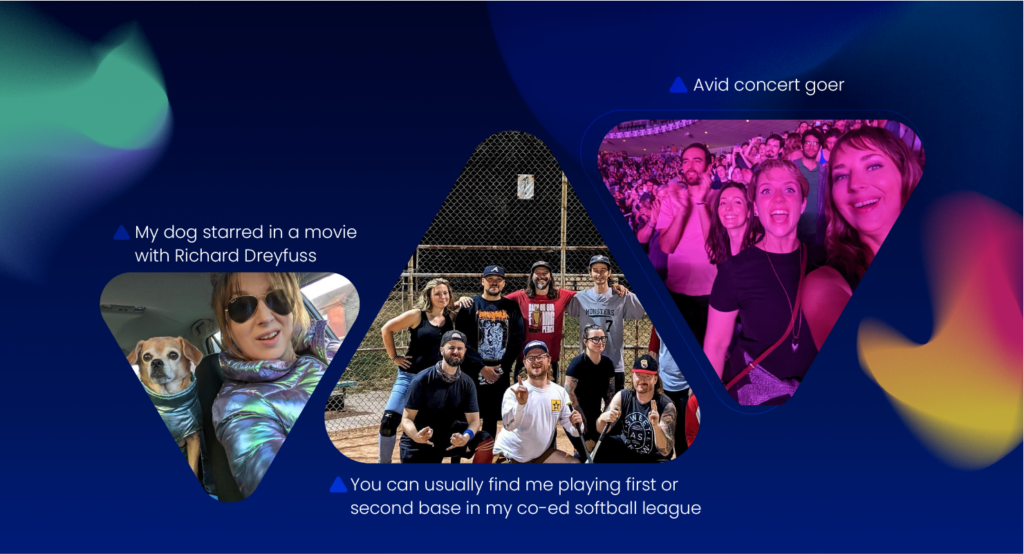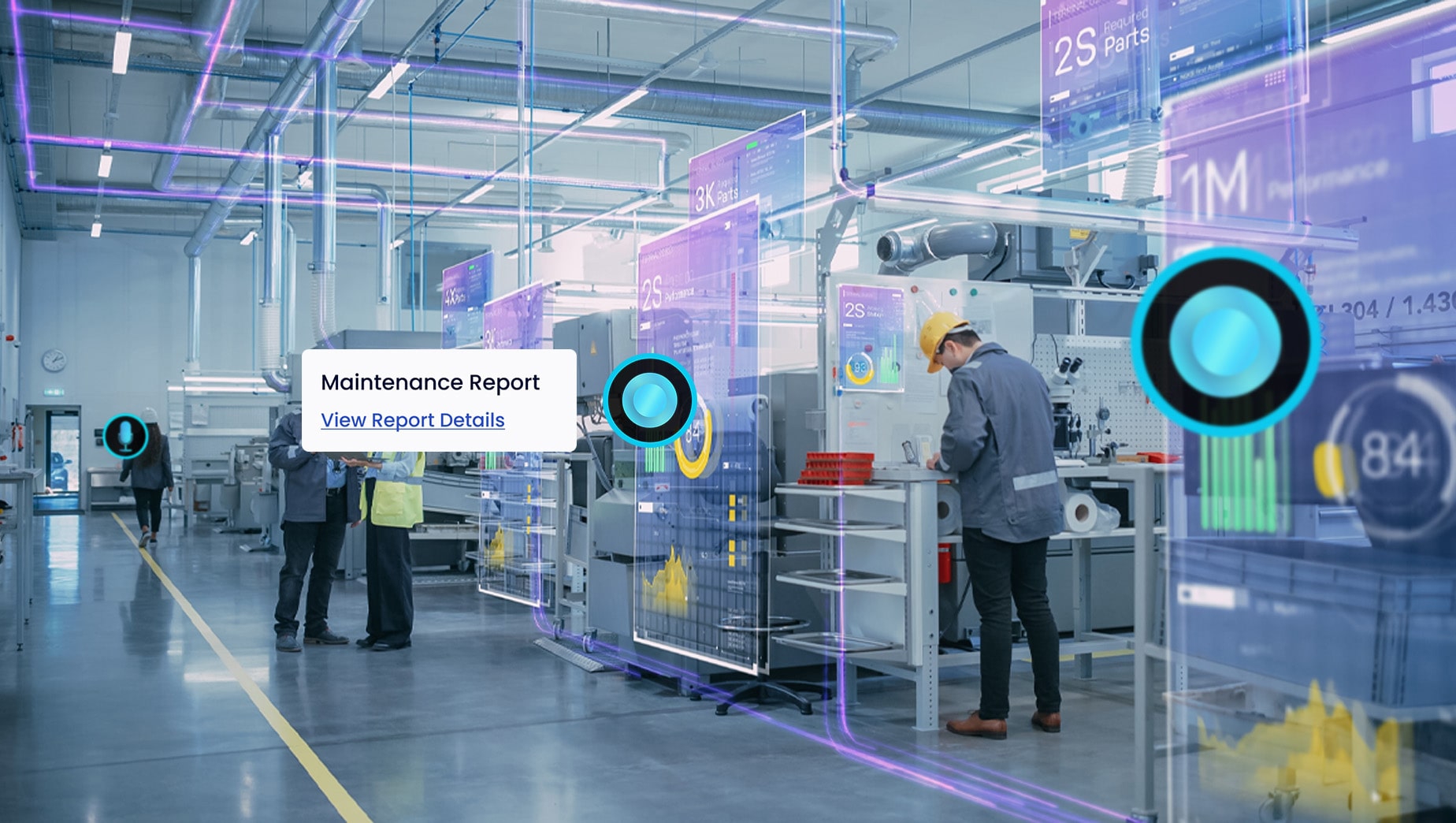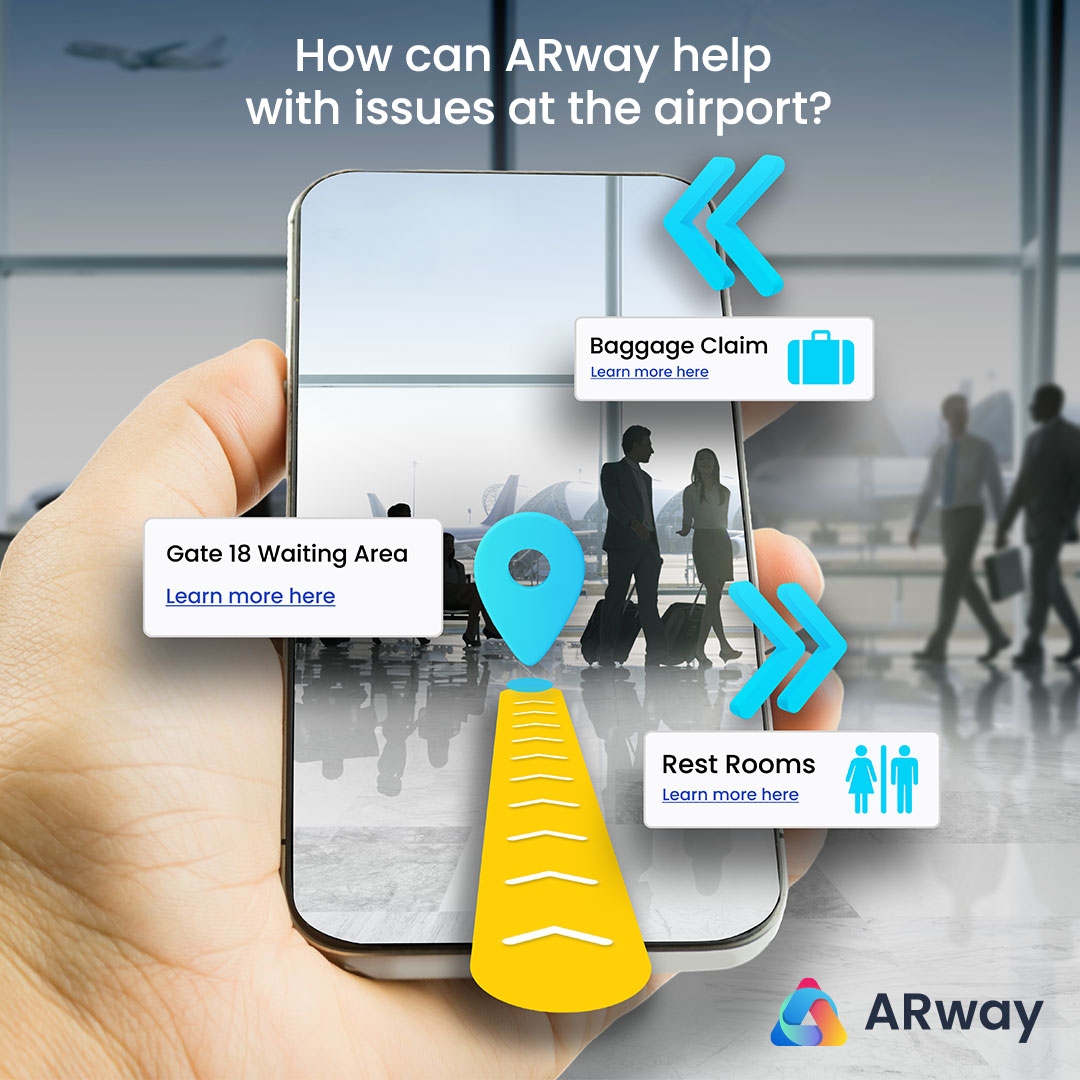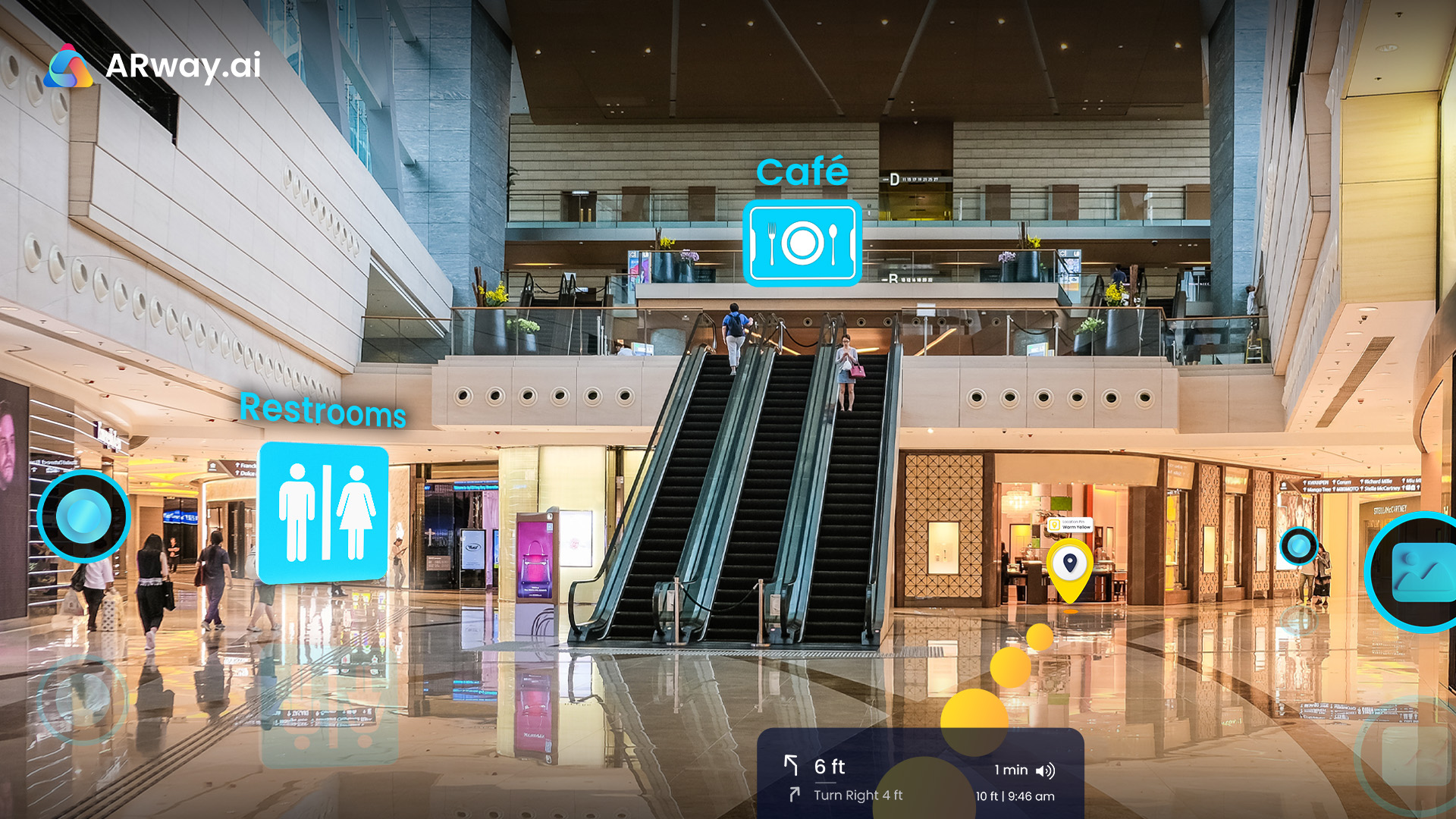In alignment with International Women’s Day, ARway spotlights Brynne Kennedy, our visionary Head of Product Design. With a foundation in fine art and a rich history in creating immersive installation art, Brynne has brought her expansive creative skills to the forefront of product design at ARway. Her leadership is marked by a unique fusion of psychology, science, and design, ensuring that user experiences are not only intuitive but deeply empathetic.
Brynne’s commitment to intersectional gender equality in the tech sphere further underscores her role as a catalyst for positive change, championing a more inclusive and diverse industry. Her work exemplifies the profound impact of blending artistic vision with a thorough understanding of user psychology to craft meaningful technological experiences.
Trailblazing in Tech: What inspired you to pursue a career in Product Design, and what has been your journey to becoming a director at ARway?
Thank you for asking! My journey into UX & Product design has been unique. Initially trained in sculpture, installation art, and photography at OCAD, I found my passion in retail design, particularly in storefront and interior design. Surprisingly, the transition from physical to digital design wasn’t as daunting as it may seem. The meticulous process of crafting captivating retail displays that cater to diverse audiences and locations honed my skills in user experience design. I left my career in retail design to study UX design and was fascinated with AR and what we could potentially do with AR at its early stages.
At ARway, I’ve seamlessly translated my expertise into creating immersive digital experiences. While the canvas has shifted from physical stores to augmented reality environments, the core principles remain the same – understanding user needs and delivering compelling experiences. This transition has been both fulfilling and natural, as it allows me to combine my creative background with cutting-edge technology
Women in Leadership: As a female leader in the tech industry, what challenges have you faced, and how have you overcome them?
Embarking on my journey with Nextech just before the onset of the pandemic presented both challenges and opportunities. Joining as the sole UX designer amidst a team of 17 during such a critical time demanded rapid adaptation and resilience. Despite my limited experience in the tech industry, my background in leading design teams within the retail sector provided a solid foundation.
The pandemic, while disruptive, also underscored the importance of augmented reality, catalyzing Nextech’s growth. Navigating this accelerated expansion and transitioning seamlessly to a remote work environment was a significant learning curve. However, it afforded me the chance to assemble and lead a dynamic design team, fostering a culture of creativity, diversity, and innovation.
My passion for mentoring and empowering emerging designers has been a driving force in my leadership journey. Through collaborative efforts and a commitment to nurturing talent, we’ve tackled complex challenges and delivered impactful solutions. Ultimately, it’s my unwavering dedication to creativity, innovation, and fostering talent that has propelled me forward as a female leader in the tech industry.
The Creative Process: Can you share insights into your creative process? How do you approach designing intuitive and impactful user experiences?
The creative process is dynamic, adapting to the unique challenges and goals of each project. Collaborating closely with product managers, I dive deep into understanding the problem or feature at hand, translating insights into clear UX requirements. Research plays a pivotal role, not only in exploring existing solutions but also in seeking inspiration from unconventional sources, especially given ARway’s pioneering position in AR technology.
After strategizing potential solutions, I collaborate with the tech team to ensure feasibility before delving into the design phase. Iterative prototyping and testing are integral parts of our process, allowing us to refine our ideas and gather valuable feedback. Additionally, regular design reviews and team workshops foster collective creativity and alignment.
Maintaining open communication with product teams ensures that our designs align with high-level requirements and technical feasibility. Interactive prototypes serve as powerful tools for validation, allowing us to iterate quickly based on user insights. Finally, presenting the finalized design to the development team, QA team, and stakeholders marks the culmination of our collaborative efforts, setting the stage for successful implementation.
Empowering Women in Tech: In light of International Women’s Day, what are your thoughts on gender equality in the tech industry, and how can we work towards a more inclusive environment?
As we come together to celebrate International Women’s Day, it’s crucial to shine a light on the persistent challenges facing women in the tech industry, particularly women of color. Despite strides toward equality, barriers still exist, from the lack of representation in top positions to the enduring gender pay gap. Moreover, the COVID-19 ‘shesession’ has underscored the vulnerabilities faced by women, further amplifying existing disparities.
To cultivate a more inclusive environment, we must address systemic issues head-on. This entails not only implementing equitable hiring practices but also fostering diverse leadership and ensuring fair compensation for all. Additionally, providing tailored support networks and mentorship opportunities can empower women to navigate and overcome the unique obstacles they encounter in the tech landscape.
It’s important to recognize that diversity isn’t just a moral imperative; it’s also a strategic advantage. Embracing diverse perspectives enriches our teams and drives innovation, ultimately leading to better outcomes. By championing inclusivity and celebrating the contributions of women in tech, we unlock the full potential of the industry for everyone.
Mentorship and Growth: How important has mentorship been in your career, and do you currently mentor others looking to grow in product and UX design?
Mentorship has played a pivotal role in shaping my journey as a leader in the tech industry. I’ve been fortunate to have an incredible mentor who imparted invaluable lessons in leadership, emphasizing the importance of empathy, trust, and openness in fostering a vibrant and innovative work culture. Drawing from her guidance, I’ve strived to cultivate a similar environment at Nextech, where creativity thrives amidst a backdrop of collaboration and support.
Currently, I actively mentor and support other women in tech, as well as emerging talents entering the industry. One of the remarkable aspects of the tech community is the unwavering support that women offer one another. I firmly believe in paying it forward and empowering others to realize their full potential.
Navigating the tech industry as a woman or minority presents unique challenges, underscoring the importance of solidarity and collaboration. Diversity is a catalyst for innovation and success. A diverse design team, in particular, brings a multitude of perspectives to the table, resulting in products that are not only more inclusive but also resonate with a broader audience.
In essence, I’m a firm believer that fostering diversity isn’t just the right thing to do; it’s essential for driving impactful outcomes. By championing inclusivity and mentorship, we not only create a more supportive work environment but also unlock the true potential of our teams and products.
Outside the Screen: What are your passions outside of work? How do these interests influence your creativity and work in product design?
Outside of work, my life revolves around nurturing connections and finding inspiration in everyday moments. I’m incredibly fortunate to have a close group of friends who are also passionate product designers. We’re like a little design family, always there to support and uplift each other. It’s amazing how much our shared experiences fuel our creativity and problem-solving skills.
When I’m not diving deep into design, you’ll often find me unwinding with some gaming – it’s not just a hobby, but a source of fresh ideas and perspectives, especially when it comes to navigating the challenges of ARway.
Beyond that, I love attending live events like concerts and immersive art shows and discovering new recipes online for my next cooking experiment. Exploring the latest apps and products keeps me curious and inspired, always on the lookout for interesting design trends and patterns.
And speaking of trends, staying up to date with design trends is like a never-ending treasure hunt. It’s all about finding that perfect balance between functionality and aesthetics, constantly evolving to create designs that are both user-friendly and visually appealing. But the real excitement comes from working on projects like ARway. It’s a journey into the unknown, where every discovery sparks a new wave of creativity. It’s challenging, but also incredibly rewarding – pushing boundaries and exploring new possibilities is what keeps me passionate about what I do.

Future Trends: From your perspective, what are the upcoming trends in Product Design & UI, and how is ARway preparing to adapt to these changes?
As we look ahead, the future of Product Design & UI is set to undergo significant transformation, driven by emerging technologies like augmented reality (AR). With the recent launch of Apple’s Vision Pro, we’re on the cusp of a new era where AR is poised to revolutionize user experiences in ways we’ve never imagined. At ARway, we’re eagerly preparing to lead the charge in shaping the future of AR design.
The release of Apple’s Vision Pro is a game-changer, not only in terms of hardware capabilities but also in influencing visual design trends. We’re already witnessing a surge in demand for more immersive and three-dimensional UI designs, and we expect this trend to gain even more traction in the coming months. This shift presents exciting opportunities for ARway to innovate and elevate the AR user experience to new heights.
In addition to visual design, we anticipate significant shifts in interaction design. As AR glasses become more accessible and affordable, we’ll see a surge in adoption, ushering in a new era of immersive and intuitive user interfaces. This presents a thrilling challenge for ARway as we reimagine how users interact with our platform and create seamless experiences that harness the full potential of AR technology.
ARway is uniquely positioned to leverage these trends, with our suite of platforms empowering users to effortlessly create immersive AR worlds. As a leader in AR design, I’m excited to lead efforts in shaping these experiences and pushing the boundaries of what’s possible with AR technology. The future is bright, and I’m thrilled to be at the forefront of this exciting journey.

Advice to Aspiring Designers: What advice would you give to young women and aspiring designers who want to break into the tech industry?
My advice to young women and aspiring designers looking to break into the tech industry is to prioritize networking, especially with other women. Seek out mentorship opportunities and don’t hesitate to reach out for coffee chats or informational interviews to gain a firsthand understanding of what it’s like to work in the industry as a woman.
While the tech industry offers ample opportunities and excitement, it’s important to acknowledge and prepare for the challenges that come with its male-dominated landscape. Interestingly, many people aren’t aware that tech wasn’t always male-dominated. In its early days, particularly during World War II and thereafter, women played significant roles, including writing the first computer programs. However, as the industry evolved and became more lucrative, it shifted.
Despite these challenges, it’s crucial to connect with other women in the industry, join women’s networking groups, and recognize the importance of gender diversity in tech. The industry not only benefits from having more women but also offers lucrative opportunities for women to thrive and advance.
It’s disheartening to see women leaving the tech industry in large numbers in recent years, whether due to personal choices or mass layoffs. This underscores the urgent need for more women in tech, not just in design roles but across the board. By actively promoting gender diversity and inclusion, we can create a more vibrant and equitable tech industry that benefits everyone.







